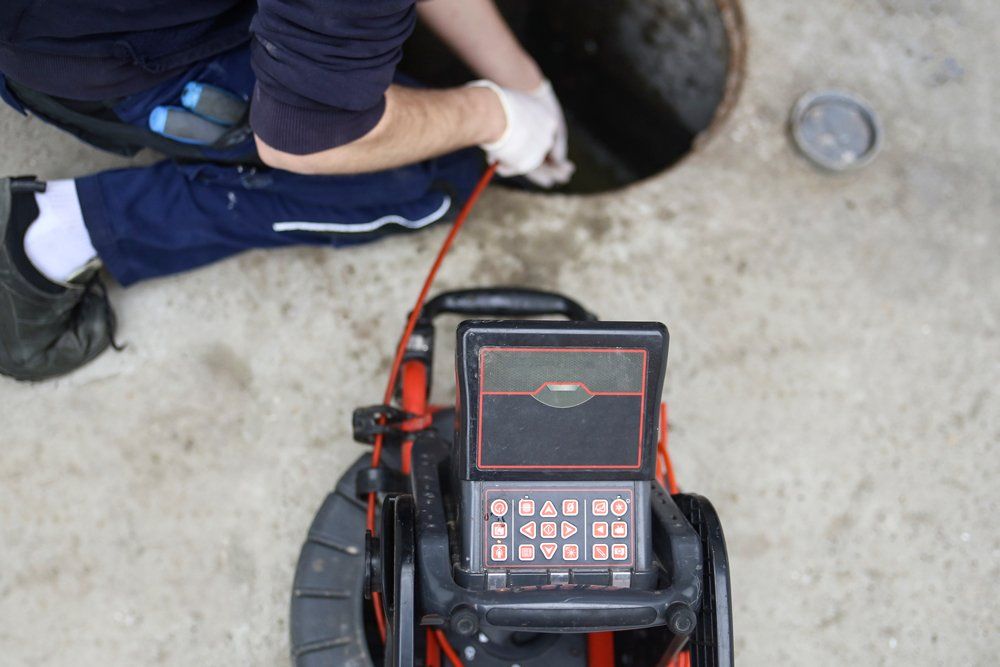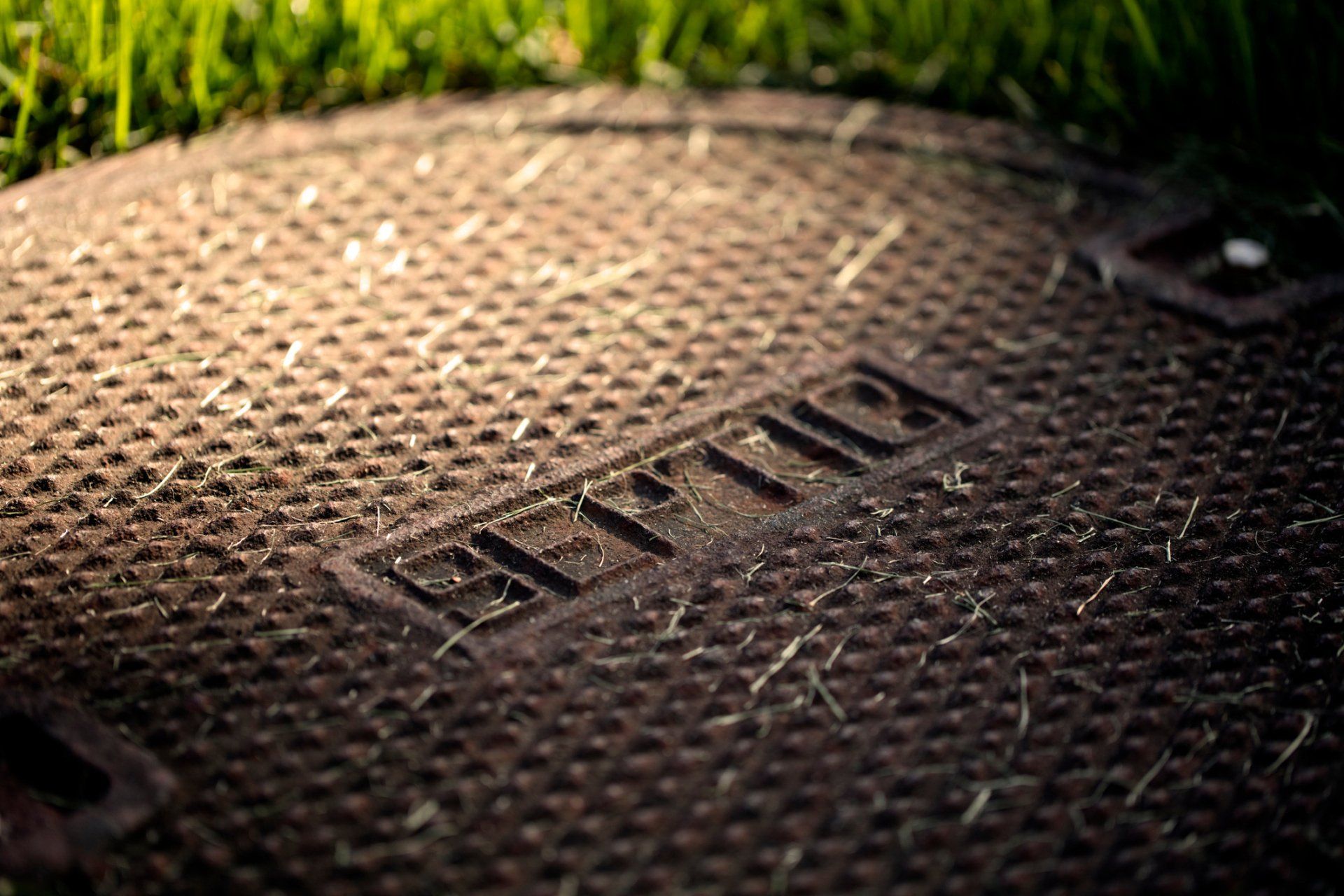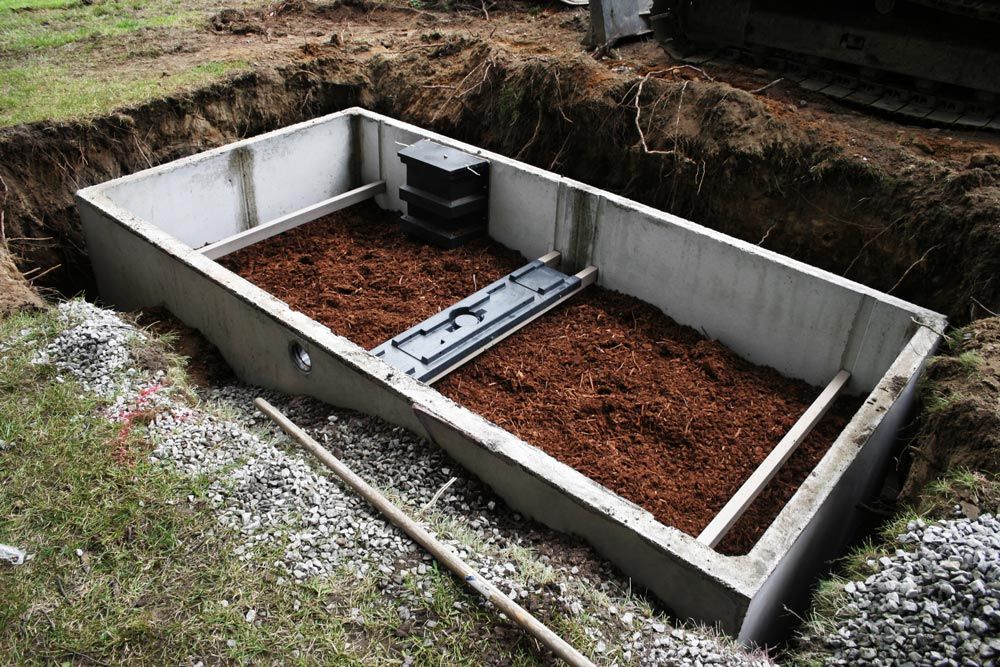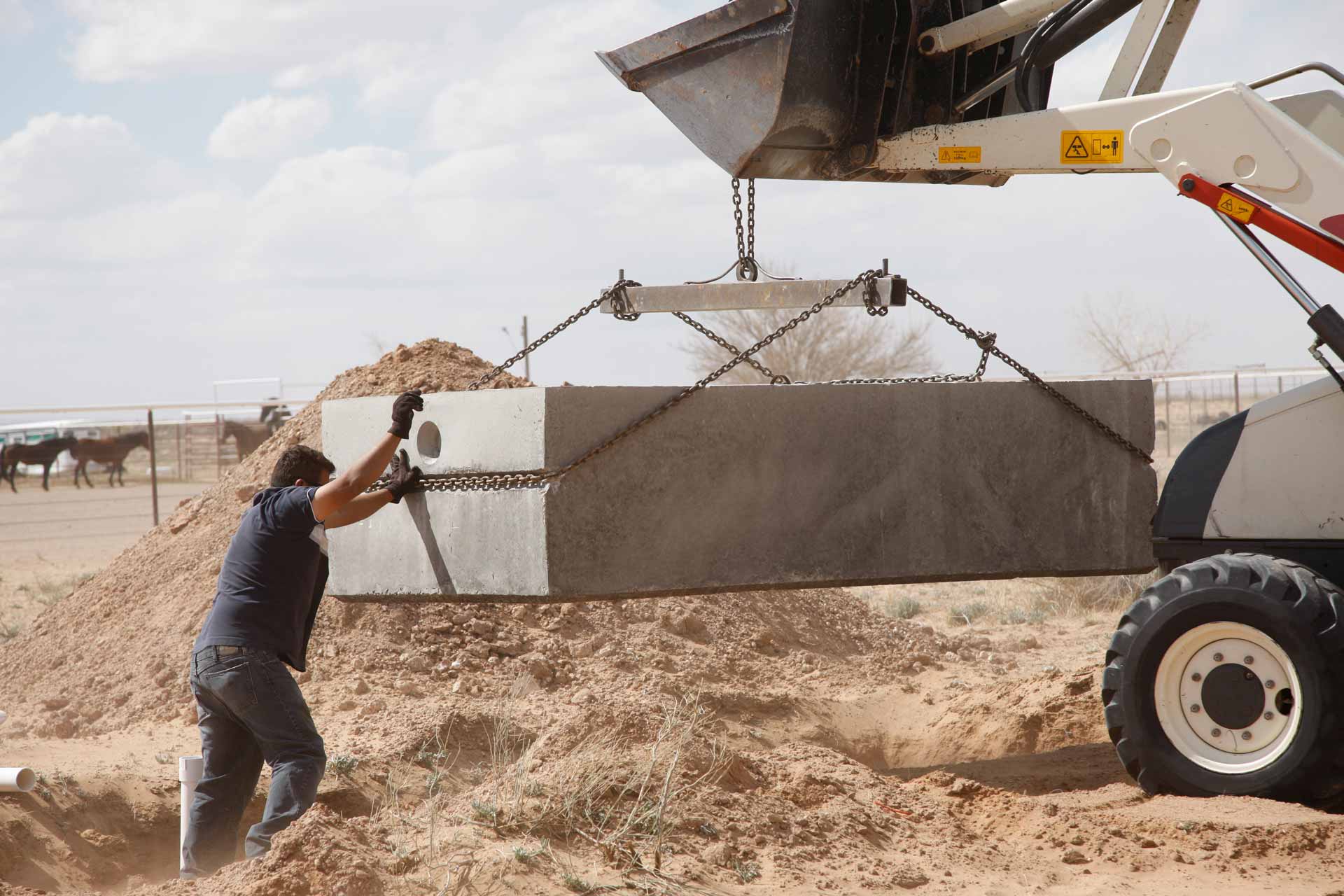Ways To Protect Your Septic System From Tree Roots
- By Admin
- •
- 31 Jan, 2023
- •
Trees improve air quality, reduce storm water runoff, and provide homes for wildlife, among other benefits. However, if you rely on a septic system, you must be cautious with trees.
The roots of trees can penetrate your system in search of water and nutrients they need to thrive. Once inside, they can quickly grow large enough to threaten the system's performance.
The following steps can help prevent tree roots from invading your septic tank.
Create a Physical Barrier
Creating a barrier between your septic system and existing trees that aren't septic-safe is one way to prevent issues. Typically, the barriers are solid panels or sheets of hard plastic that you bury in the ground near your septic system.
Whenever roots come into contact with the barrier, they are physically unable to penetrate it, leaving them unable to reach your underground septic system. Of course, root barriers have to be in place before roots can reach the system—barriers cannot fix existing tree roots growing in the septic system.
Sewer-Friendly Trees
The actual strategy here is to plan your landscaping carefully to avoid tree roots encroaching into your septic tank.
Plant trees and shrubs with shallow roots since they are less likely to damage pipes and tanks. Some options include dogwood trees, cherry trees, redbud trees, holly shrubs, and boxwood shrubs.
Even when planting septic-safe plants, you should still maintain a certain distance between them and your system. One guide is to plant trees as many feet away from the system as their possible full height when they are mature. For example, a tree that could grow 20 feet tall is best planted at least 20 feet away from the septic system.
Regular Inspection and Maintenance
Investing in regular inspections and maintenance by a professional septic service minimizes the possibility of costly repairs.
Besides performing routine maintenance like pumping, this services allows you and your technician to see the tank's actual condition. The septic service can do video inspections on your septic system. During a video inspection, the experts attach a tiny camera to a snake that they send down your septic system.
An in-depth video inspection can help you detect a developing tree root issue before it becomes severe and causes extensive damage.
Know the Septic Tank & Drain Field Location
Creating a barrier and planting sewer-friendly to keep out tree roots only becomes effective once you know where your septic system equipment lies.
If you know the location, you know which areas to avoid when digging or planting trees to avoid tree roots close to your septic system. A septic professional can help you locate the septic system if you need help finding where it is. A building permit or land record can also help you locate the system.
Consider marking the area so you will remember to avoid landscaping there.
Chemical Tree Root Removal
Copper sulfate septic treatment is among the most common chemical removal method. Copper sulfate dissolves the tree roots already existing in the septic system. To use copper sulfate, flush it down the toilet. Avoid putting the chemical down drains as it can damage metal pipes.
If you want to prevent future root growth, you can sprinkle copper sulfate around the area where roots enter. But remember, copper sulfate is a dangerous substance if mishandled—the use of copper sulfate for septic system roots requires extreme caution.
The tips above should help you maintain your septic system's efficiency and prevent root problems. When in doubt about your septic's root intrusion, contact septic experts who can recommend the best solution.
ADDRESS
HOURS OF OPERATION
PAYMENT OPTIONS









